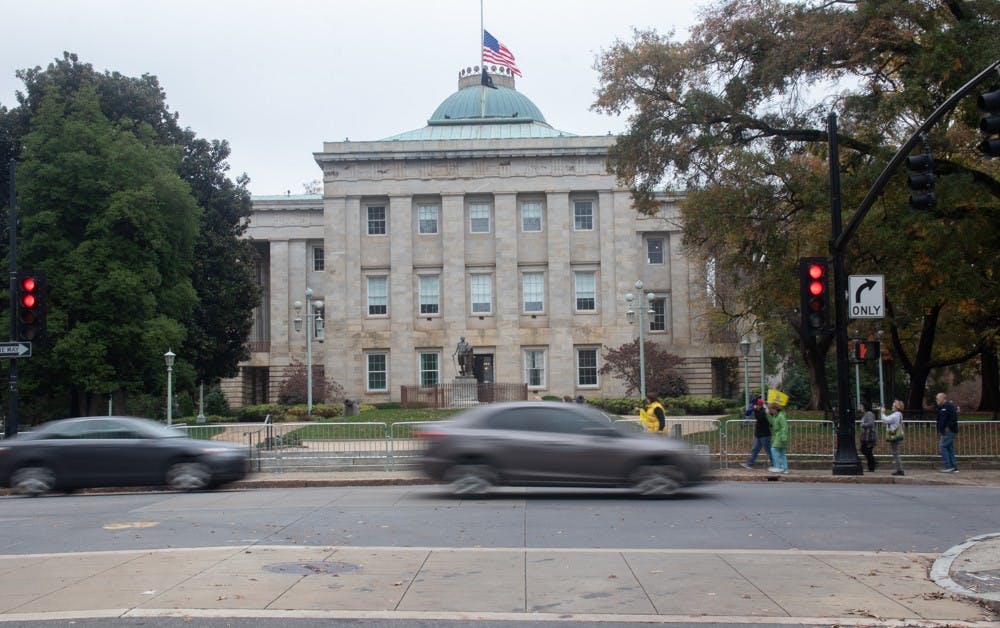The North Carolina State Board of Elections released the rest of remaining absentee and provisional ballots on Saturday. While the results are still unofficial as the populace waits on the Board’s vote audit and certification, the outcomes of some of the highly contested Council of State races are becoming clearer.
Incumbent races
Incumbencies hold great power in N.C. Council of State elections. According to unofficial results, every incumbent in North Carolina for a Council of State position has either won re-election or is leading over their opponent:
- In the Commissioner of Agriculture race, Steve Troxler, the Republicanincumbent since 2005, has beaten Jenna Wadsworth, the Democratic candidate, by a margin of 7.72 points despite Wadsworth’s innovative social media campaigning strategies.
- Democrat incumbent since 1996 Elaine Marshall beat E.C. Sykes, the Republican candidate, by a margin of 2.34 points for N.C secretary of state.
- In a more contested race with an incumbent, Attorney General Josh Stein has the lead over Jim O'Neill, the Republican candidate, by only 14,336 votes, or a margin of 0.26 points, although the race is still too close to all and neither candidate has declared victory.
There are no term limits for the nine Council of State positions in North Carolina, so candidates can run for re-election until they choose not to.
Each position has its own executive duties that work together with the governor to run the state. Unlike many other states, instead of the governor appointing their own Council of State, N.C. voters have that power.
Incumbents have name recognition on their side, Joe Czabovsky, an assistant professor of journalism at UNC, said.
“The biggest stretch tends to be those that have the power of incumbency, like Cherie Berry, infamous as our outgoing head of labor,” he said. “People know her as ‘elevator lady’ as you've heard over the years. People have seen her face on every elevator in the state.”
Czabovsky said a study found Berry actually performed better in counties with more elevators.



